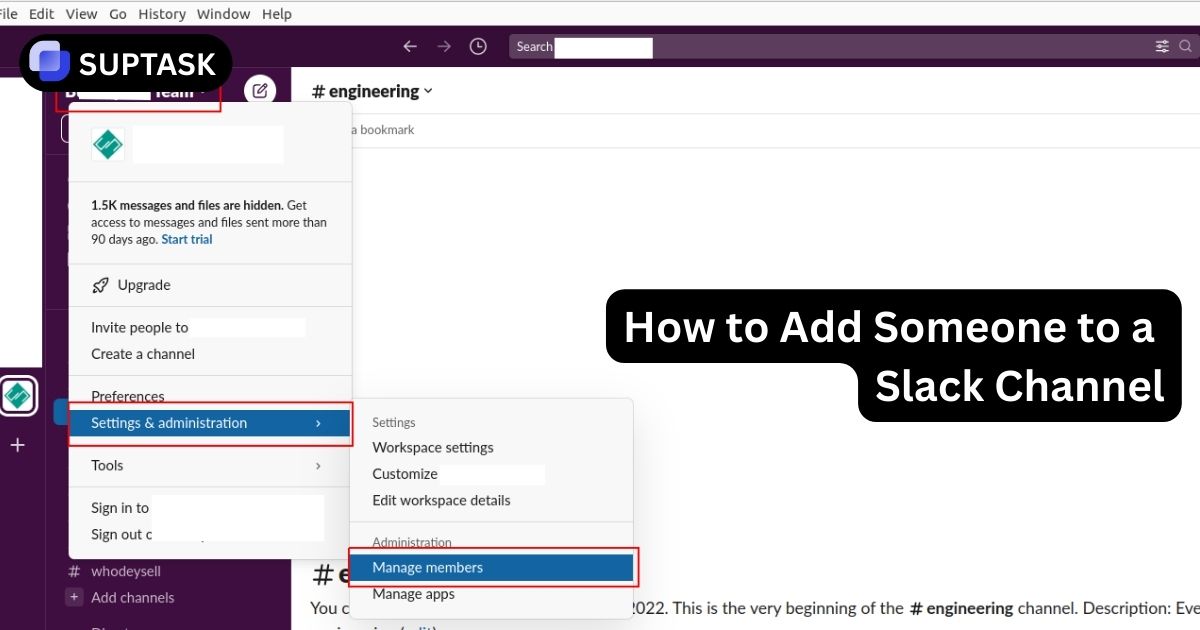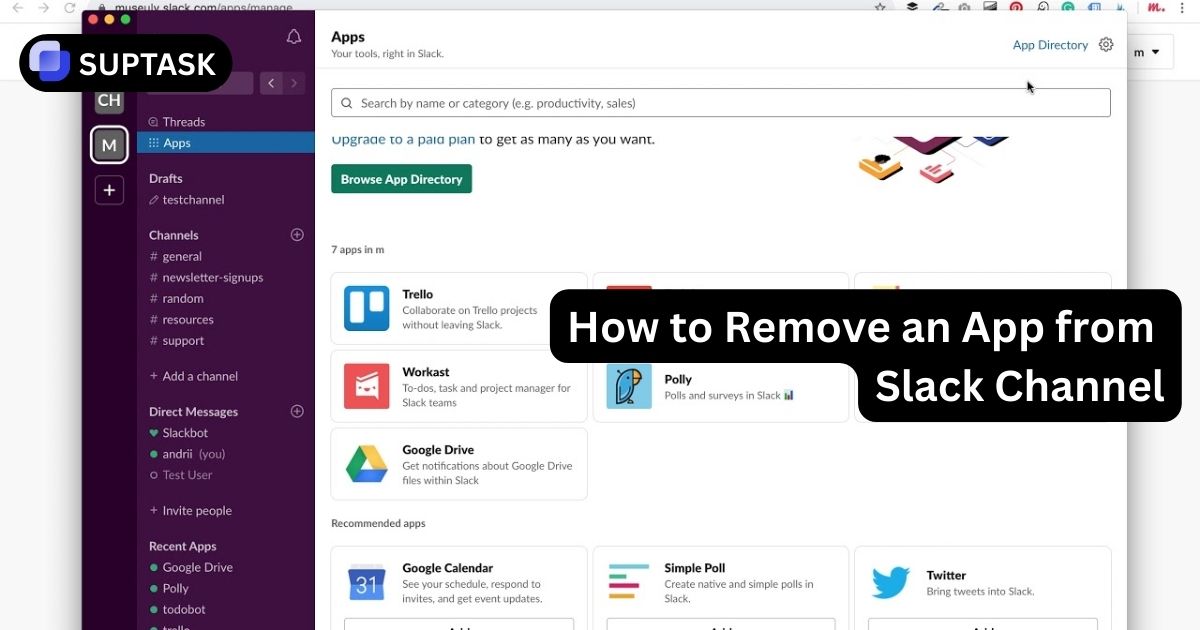Unsure about when to use 'here' and '@channel' in Slack? Our straight-talking guide makes sense of the 'here' vs 'channel' question, giving you the know-how to leverage these alerts effectively.
Master the fundamentals of each command – ensuring your urgent messages get noticed without derailing the workflow. Figure out the best option for each situation as we move forward.
Main Points
- Using '@here' alerts only the active players in a Slack channel; 'channel' awakens all members no matter if they're online or not. Choosing between them depends on the pressing nature and relevance of the message.
- Success in Slack messaging also hinges on accurate subjects, message timing, and good follow-up practice. These factors help create crisp, effective team dialogue.
- Setting clear topics for Slack channels and strategically pinning messages enhances clarity and streamlines processes in halp ticketing. Training team members on Slack's features and managing alert settings can boost productivity and minimize distractions.
Getting to Know "@here" and "@channel"
Good communication is central in a Slack workspace. Understanding the different alert types, specifically '@here' and '@channel', is key for keeping dialogue flowing smoothly. Although both commands can alert members in a Slack channel, their uses differ markedly.
Are you looking to quickly connect with your active Slack channel members? Use "@here". For an urgent answer from online users, it's the trick. But if you want everyone in that channel to know something, "@channel" works better. It speaks to all, whether they are online or not. This is great for important news. Keep in mind, you must be an owner or admin with certain rights to use these commands.
Understand "@here"

With "@here", you can connect with your online team members in realtime on Slack. It's just like a tap on the shoulder. You need something urgent from them, go ahead and use it.
Imagine you're deciding who's up for lunch. You're in a hurry and want to find out fast. That's where "@here" comes in.
The Magic of "@channel"

On the other hand, "@channel" has a wider shout. Even without them being online, it notifies everyone in the channel. It's not just quick messages. It's also seen in the channel details and name. The "@here" of Slack can't match this.
- Related: how to rename a Slack channel.
Choosing Wisely Between the Two
It is important to use the “@here” and “@channel” commands in a thoughtful manner, understanding their respective powers. When deciding between these two commands, it is crucial to consider the urgency of your announcement and whether you need every team member to be notified.
The purpose of the “@here” command is specifically aimed at sending notifications only to active members currently present in the channel. This ensures that those who are actively working will receive alerts without disrupting or distracting inactive individuals on Slack. On the other hand, using “@channel” sends out notifications to all members in a channel regardless if they are currently engaged or not.
If your message does not require immediate attention from everyone on your team, it would be best practice to use “ @here”. By doing so you avoid disturbing any inactive participants unnecessarily. For time-sensitive updates where you need full involvement and response from every member within a channel, selecting “@channel” would be more appropriate.
Managing Notifications Like a Pro
Here are a few suggestions to improve your team’s experience on Slack:
- Personalize notification settings so that you only receive necessary alerts.
- Educate your team about the various features of Slack and best practices for maximizing productivity.
- Use tools like Suptask for an easy approach to Slack support tickets, task management and team work. Try the free version for Slack ticketing system.













